Transmission Media
Transmission Media
There are two categories of Transmission Media:
- Guided Media
- Unguided Media
Guided Media: Guided media follow the fixed path for transmission.
Example: Twisted-pair Cable, Coaxial Cabling, Fiber-optic cabling
Unguided Media : Media in which the signal ate not guided through solid medium are known as Unguided Media.
Example: Radio waves, Micro Waves, Infrared Waves
Twisted-pair Cable:
- A twisted pair of wires consists of two insulated copper wires, typically about 1 mm thickness.
- The wires are twisted together in a helical shape.
- The purpose of twisting the wires is to reduce electrical interference.
- Twisted pair wire are commonly used in local telephone communication and for digital data transmission over short distance up to 1 Km.
- Twisted pair cabling, are of two types:
- Unshielded twisted pair
- Shielded twisted pair
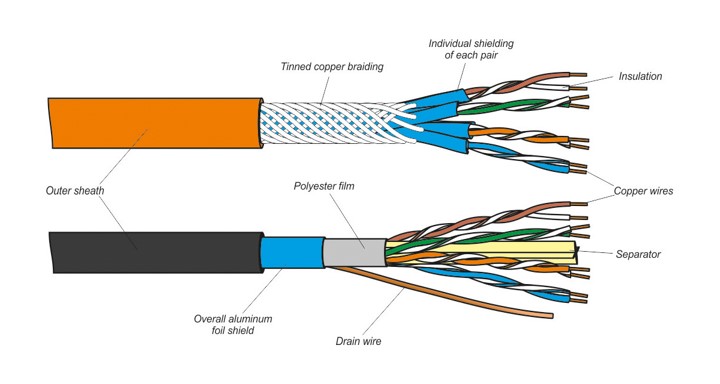
Coaxial Cable
- Coaxial cables carry the signal of higher frequency range compared to twisted pair cable.
- Coaxial cables are also cold coax (short form)
- There are two type coaxial cables are widely used : 50 ohm and 75 ohm cable.
- 50 ohm cable is used for digital transmission and 75 ohm cable used for analog transmission.
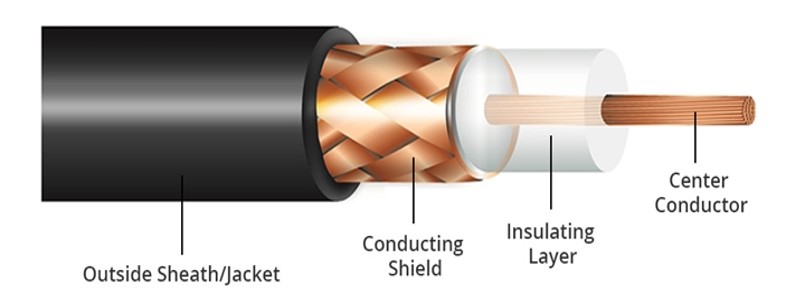
Fiber Optic Cable
- Fiber optic cable is made of glass strands that transmit signals as light waves or pulses.
- Each fiber is surrounded by a plastic sheath.
- Fiber optic cable is generally used for backbone for high speed interconnection between networking devices.
- Fiber optic cable can easily handle data at speeds above 1Gbps, it has been demonstrated to handles above data rate exceeding 200Gbps.
- It can handle much higher bandwidth than copper.
- Fiber is lighter than copper.
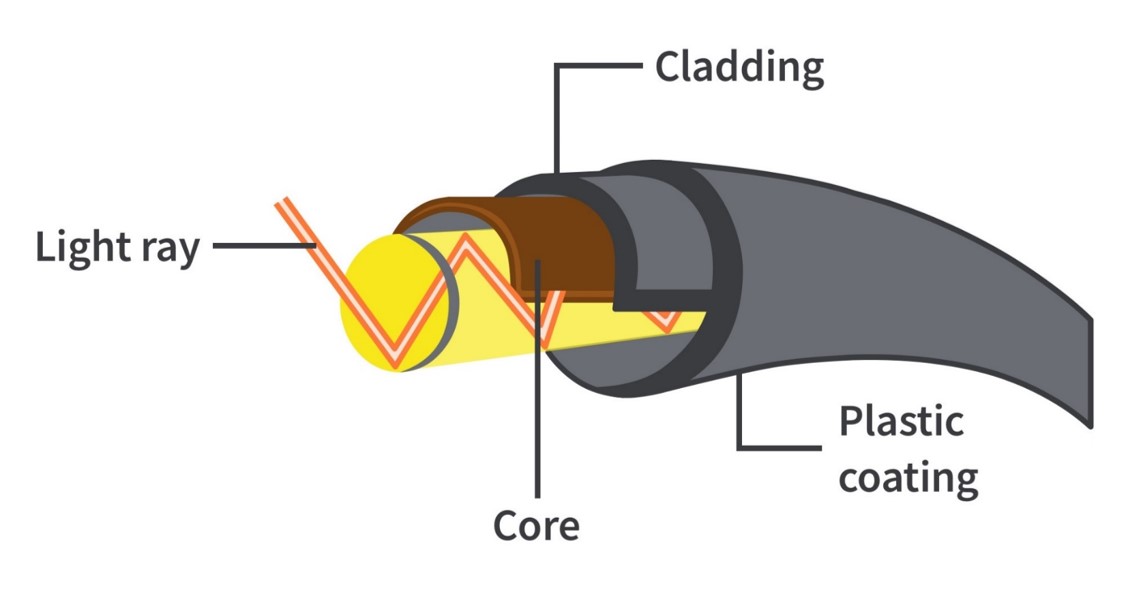
Unguided media
- Media in which the signals are not guided through a solid medium are known as unguided media.
- Air is the media through which electromagnetic energy can flow easily.
- Therefore, there are several methods which are in use to send electromagnetic energy through air.
- These methods are:
- Radio waves
- Micro waves
- Infrared Waves
Radio waves
- Electromagnetic waves ranging in frequencies between 10 Kilohertz and 1 gigahertz.
- Radio waves can be broadcasted Omni directional or unidirectional.
- Various kind of antennae can be used to broadcast radio signals.
- Radio waves are easy to generate.
- They can travel long distance.
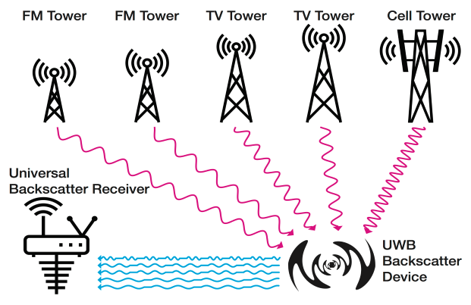
Microwave
- Above 100 MHz, the waves travel in straight lines and can therefore be narrowly focused.
- Concentrating all the energy into a small beam using a parabolic antenna (like the satellite TV dish) gives much higher signal to noise radio.
- They are used in Cellular phones, satellite networks and wireless LANs.
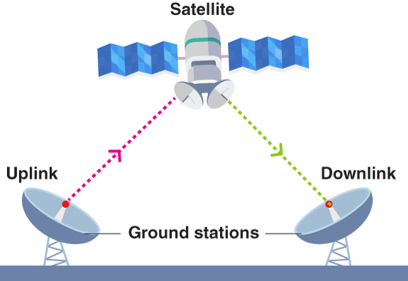
Infrared
- Unguided infrared and millimeter waves are widely used for short-range communication.
- The remote controls used on television, VCRs used infrared communication.
- They are relatively directional, cheap and easy to build but do not pass through solid objects.
- Infrared communication is used for indoor wireless LANs.

